3D-printed homes are an intriguing paradox, built swiftly yet designed to endure the test of time. For so long, we were conditioned to believe that what comes easily will quickly fade, but these homes defy expectations and embody the enduring potential of innovation. If you think printing a livable house in 24 hours – 365 livable homes in under a year– sounds too good to be true, that’s perfectly normal because 3D printing technology is evolving faster than we can fathom.
When did this all start? You might be wondering. The story goes back to 2014 in China when Winsun made waves in the 3D printing and construction world by building 10 houses in a single day. Using a concrete mix, they separately printed the basic components and then assembled them on-site. This technology has come a long way today as the world’s largest 3D-printed neighborhood is on the cusp of completion in Texas after two years in the making. It’s pretty impressive if you think about it, so to satisfy any lingering curiosity, this article will provide a basic guide on 3D-printed homes, the time and costs involved, and how you can acquire them.
Process of Building 3D-Printed Homes
Three-dimensional-printed houses represent a groundbreaking shift in construction, and the process is actually not that complicated. Industrial-sized 3D printers build life-sized houses layer by layer, which is commonly referred to as additive manufacturing. These printers follow a pre-designed digital blueprint and dispense a cement-based mixture through a heated nozzle. Then, the mixture is solidified by a concrete dryer before applying the next layer, and this process repeats itself until the design is realized. In terms of materials, there’s a variety of options other than cement, such as polymers, sand, resins, and even sustainable alternatives like hempcrete, bio-resins, and wood composites.
The construction process is autonomous, but human oversight remains crucial to ensure quality control. Specialists must be onsite for complex tasks like plumbing, electrical wiring, and the installation of doors and windows. As for the size of a 3D-printed home, it can span from small prototypes, affordable housing, and luxury homes to whole neighborhoods. Not only does this type of computerized construction reduce waste and labor, but it also solves several pressing issues, such as creating shelters for unhoused communities and sustainable housing solutions.
If you want to delve into 3D printing, consider joining PAACADEMY’s 3D printing workshops. Learn to master tools such as Cura, Grasshopper, and Rhino, and get expert guidance to bring your innovative designs to life.
Time and Cost Breakdown
3D printing a small house can last as long as 24 hours, but bigger projects undoubtedly take days and even months. Note that once the printing is done, separate extra time is needed for plumbing, electrical work, and other final touches – which essentially depends on human workflow and efficiency. As for the pricing, the printing costs for a small home typically range from $10,000 to $15,000, but when you factor in all the additional work, it usually ends up between $140,000 and $160,000 for a fully finished 3D-printed home.
At the start of 2021, for example, a 1407-square-foot house – three bedrooms, two baths, and a two-car garage in Riverhead, New York – was the world’s first 3D-printed home for sale on Zillow’s platform at $299,999. That said, Project Milestone in Eindhoven was the world’s first commercially available 3D-printed home; the 1,011-square-foot house was printed in 120 hours and rented to its first tenants in April 2021 for €800 per month. On the other hand, high-end 3D-printed homes can exceed $1 million. An example is House Zero, a 2,000-square-foot luxury home with a 350-square-foot accessory unit. Zillow estimates the value of this four-bedroom, three-and-a-half-bath estate to be at least between $723,000 and $908,000, based on its size and location.
On a more affordable note, Business Insider reports that ICON is capable of producing an economy-sized building, around 600 to 800 square feet, in 24 hours at the low price of $4,000. Leading professionals from ICON further highlight that while 3D printing in construction shows promise for cost reduction, the current savings are modest—around 10 to 30 percent compared to traditional methods. But actually, even 30 percent is an impressive amount.
How to Acquire a 3D-Printed House?
Buying a 3D-printed house is much like purchasing any other home. These houses are built on a plot of land, can be furnished, and are listed on real estate sites like Zillow. You can schedule showings and even finance the purchase through a mortgage. As this technology spreads globally, acquiring a 3D-printed home is increasingly becoming accessible, with specialized companies handling the construction and finishing touches. So, if you’re interested in owning one, all it takes is reaching out to the companies that create them – ironically, it’s that easy.
The global 3D-printed housing market is expanding at a remarkable pace, with key innovators driving the transformation in different regions. It’s worth keeping a close eye on who’s making waves and where these groundbreaking developments are taking place.
For example, in the United States, ICON has become a pioneer. It is known for its affordable housing projects in Austin and even Mexico, which makes it one of the most accessible companies for those interested in 3D-printed homes. Another U.S. leader, Mighty Buildings from California, focuses on sustainable, eco-friendly homes and offers customizable options for green living.
Beyond the U.S., the United Arab Emirates is making strides with Apis Cor, the company behind the world’s largest 3D-printed building in Dubai. The UAE is heavily investing in 3D printing technology, aiming to have 25% of all new buildings constructed using this method by 2030.
In Europe, MX3D in the Netherlands is famous for its 3D-printed metal bridge in Amsterdam, while Germany’s PERI Group has been at the forefront of 3D-printed residential buildings, particularly in colder climates. COBOD in Denmark provides 3D printers to companies worldwide, pushing the adoption of 3D-printed homes across Europe. Over in China, Winsun is leading the charge with a wide portfolio of 3D-printed structures from villas to multi-story buildings. Indeed, they are making significant progress in turning 3D-printed living into a reality. Who would’ve guessed that the line between Sci-Fi and reality would blur so quickly?
Learn with PAACADEMY: Check out the workshops at PAACADEMY to learn from the industry’s best experts how to use advanced parametric design tools, AI in design workflows, and computational design in architecture!
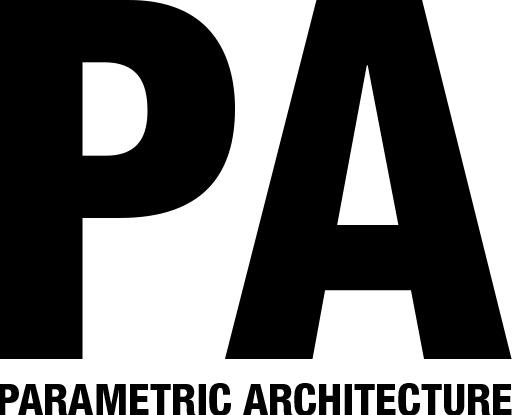





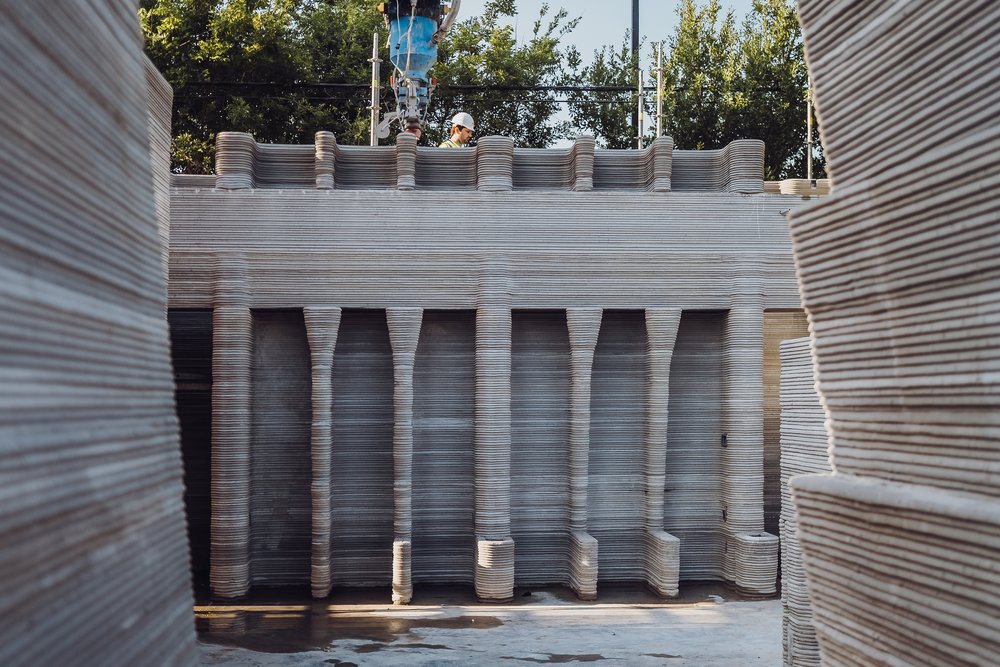
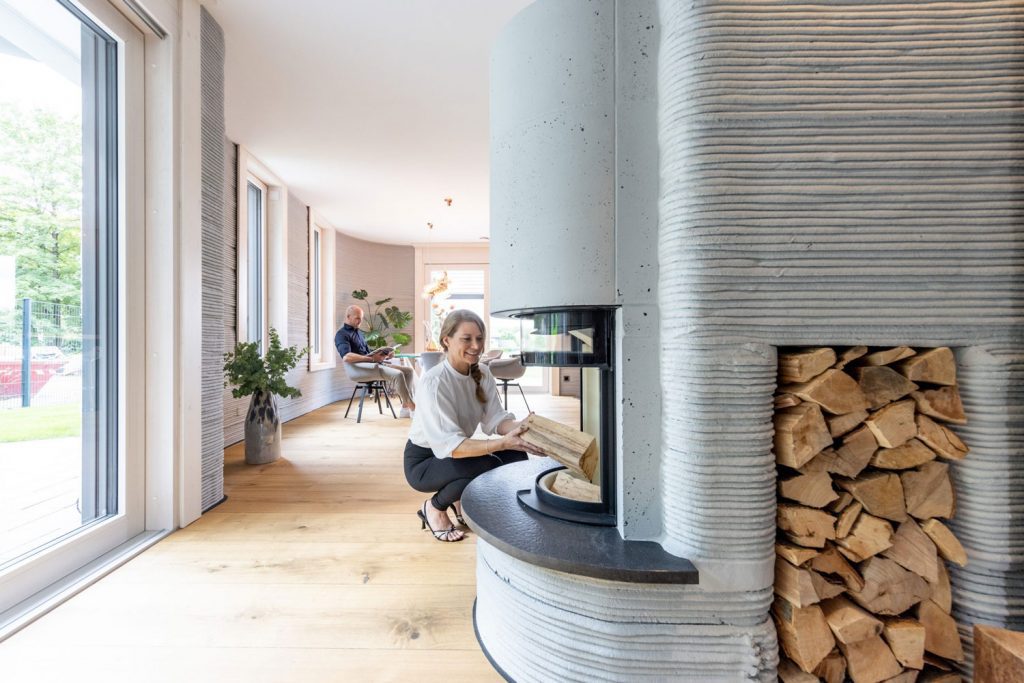
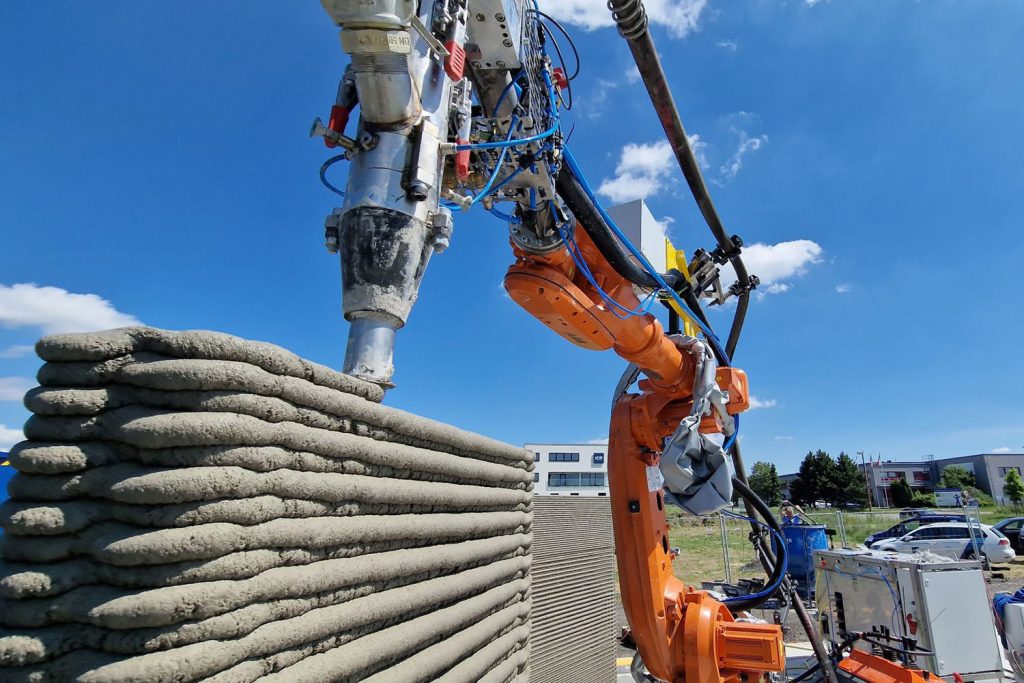


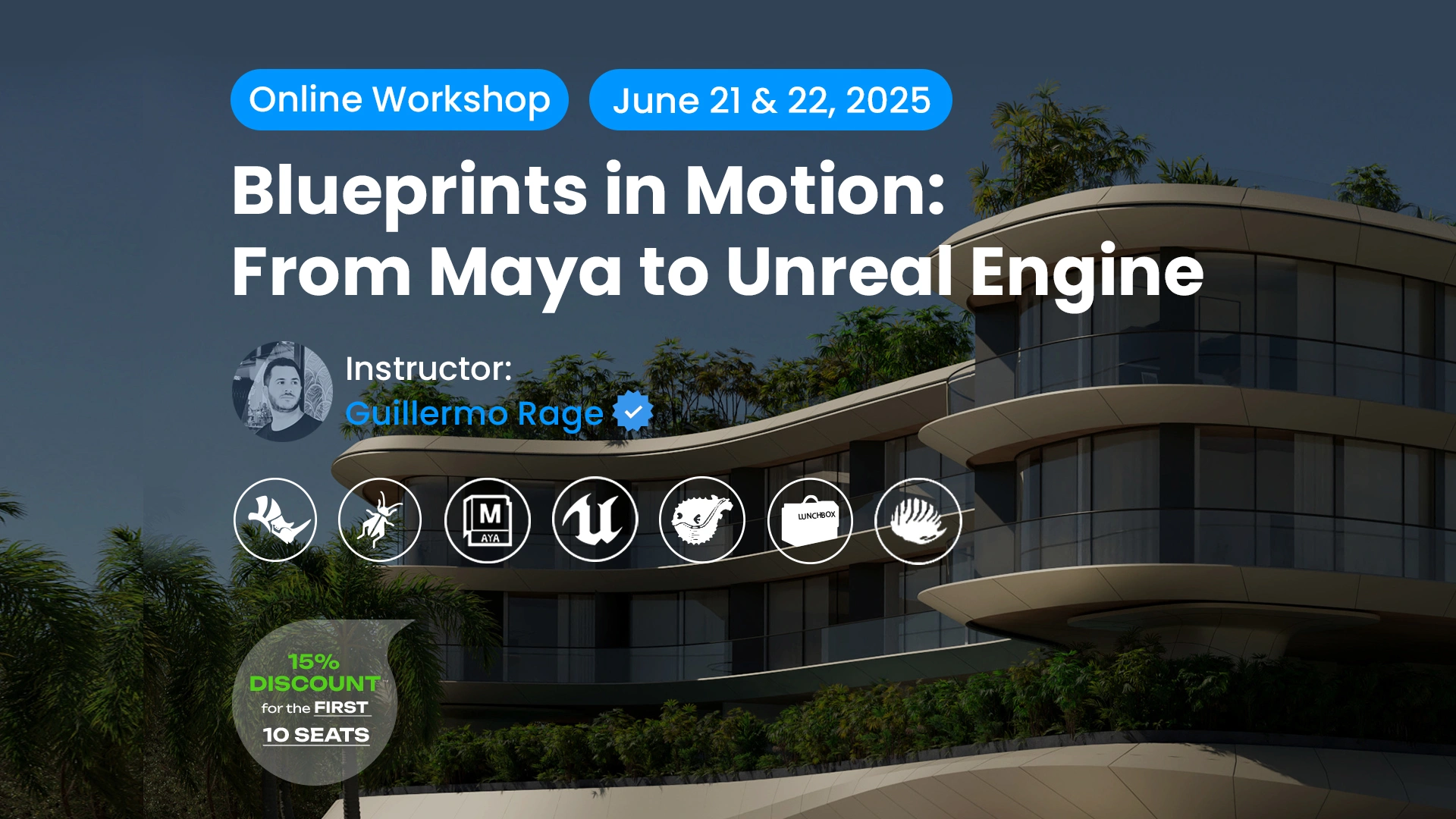




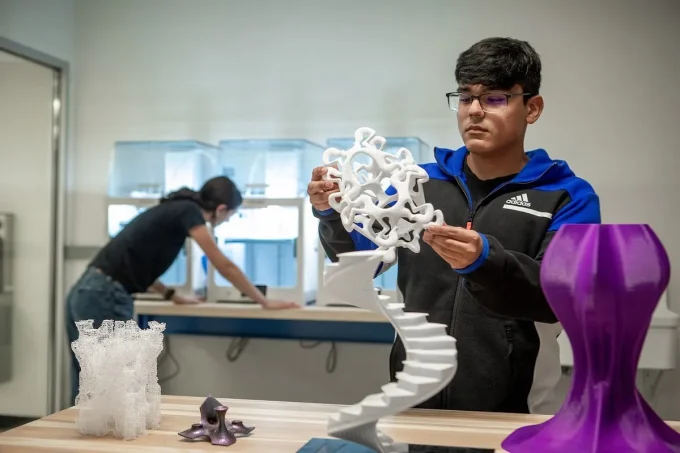







Very interested in a small one level printed home.
Does the 3 D printed home require a high desert environment. I live in Portland, OR & would like to sell my modest home & move to the Oregon coast. I’m very serious about a 3 D home. Radiant floor heat, solar panels,
Are there model zoning ordinances to allow construction and occupation US cities
Can a home be printed and be strong enough to support a basement home with a sod covered roof? Picture a tiny home on the surface with stairs inside that lead to a larger underground basement home.